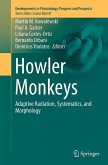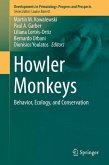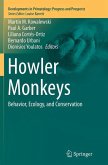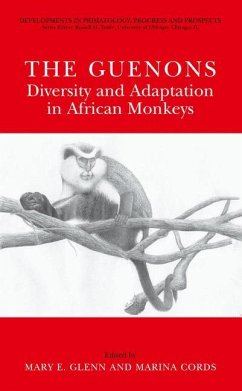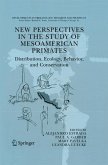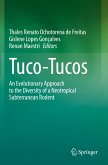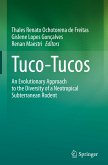Howler monkeys (genus Alouatta) comprise 12 species of leaf-eating New World monkeys that range from southern Mexico through northern Argentina. This genus is the most widespread of any New World primate and can be found to inhabit a range of forest types from undisturbed rainforest to severely anthropogenically-impacted forest fragments. Although there have been many studies on individual species of howler monkeys, this book is the first comprehensive volume that places information on howler behavior and biology within a theoretical framework of ecological and social adaptability. This is the first of two companion volumes devoted to the genus Alouatta.
This volume:
· Provides new and original empirical and theoretical research on howler monkeys
· Presents evolutionary and adaptive explanations for the ecological success of howler monkeys
· Examines howler behavior and ecology within a comparative framework
These goals are achieved in a collection of chapters written by a distinguished group of scientists on the evolutionary history, paleontology, taxonomy, genetics, morphology, physiology, and anatomy of howlers. The volume also contains chapters on howlers as vectors of infectious diseases, ethnoprimatology, and conservation.
This volume:
· Provides new and original empirical and theoretical research on howler monkeys
· Presents evolutionary and adaptive explanations for the ecological success of howler monkeys
· Examines howler behavior and ecology within a comparative framework
These goals are achieved in a collection of chapters written by a distinguished group of scientists on the evolutionary history, paleontology, taxonomy, genetics, morphology, physiology, and anatomy of howlers. The volume also contains chapters on howlers as vectors of infectious diseases, ethnoprimatology, and conservation.
"Howler monkeys are among the best studied and most successful adaptive radiations of Neotropical primates. ... This volume ... exemplifies that approach by focusing on howler monkeys' evolution and morphology, and changing views of their systematics. ... Summing Up: Recommended. Upper-division undergraduates through researchers/faculty." (L. K. Sheeran, Choice, Vol. 52 (11), July, 20115)



